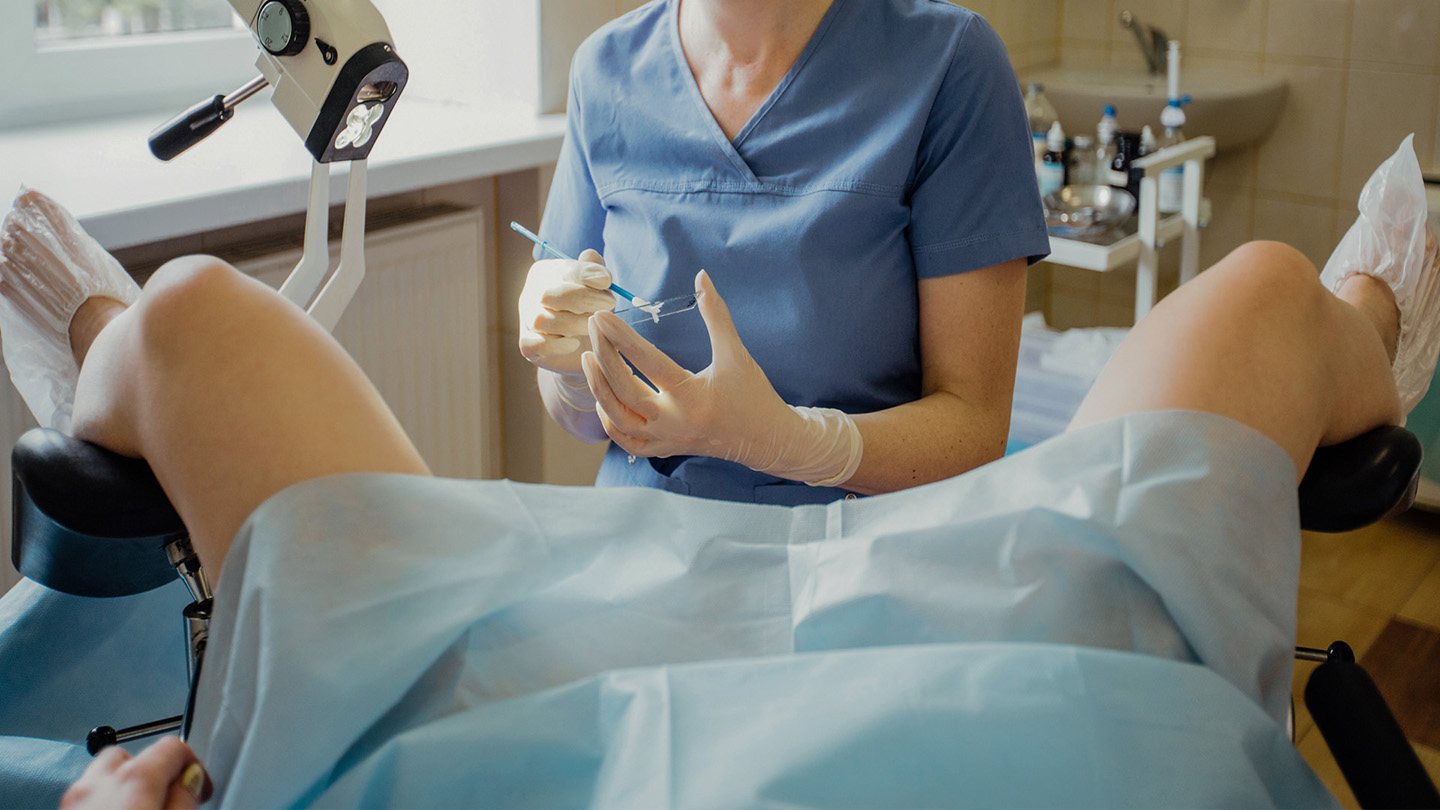
Like any other cancer, cervical cancer screening is important to catch it at its earlier stages and increase the chances of successful treatment. If the abnormal cells are identified early, doctors can nip them in the bud to prevent their development. The test saves thousands of lives every year.
What is cervical cancer screening?
Cervical cancer screening refers to checking if your cervix is in good health and detecting precancerous and cancerous cells in your cervix. The cervix is a narrow opening that links the vagina and the uterus. The doctor collects a sample of tissues from your cervix to check in the lab for any abnormalities.
Hong Kong cervical cancer screening is appropriate for women aged from 25-65years and checks for unhealthy changes in the cells lining the cervix and the presence of human papillomavirus (HPV) that may increase the susceptibility to the cancer.
About HPV
HPV, a sexually transmitted virus, increases one’s susceptibility to developing cervical cancer. However, many people with HPV do not develop cancer at all, and it may go unnoticed without causing any symptoms or problems. HPV has no cure, and the body may resolve it naturally in like two years.
In some people, HPV causes genital warts and abnormal cell growth in the cervix, leading to cervical cancer. You can contract HPV through skin-to-skin contact of the genitals, unprotected sexual intercourse, and sharing of sex toys. Using a condom or getting an HPV vaccine can go a long way in limiting your risks of HPV infection.
When to get a cervical cancer test
Women for 25-65years should undergo cervical cancer screening whether they are sexually active or not. Those aged 25-49years should undergo the test every three years, while those aged 50-65years should undergo it every five years.
The best time to undergo cervical cancer screening is one week after your period. It is advisable not to have sex, douche, or use vaginal creams or jellies two days before the test because they can hide abnormal cells.
What happens during the screening?
A cervical cancer screening is commonly known as a pap smear test. Many women find a pap smear embarrassing, but there is nothing to worry about regarding your health. You can choose a female doctor if you don’t feel comfortable with a male one. You should wear comfortable clothes on the test day.
The doctor gives you privacy to undress from the waist down and then shows you the examination bed, where you will lie on your back with a paper sheet to cover yourself. From there, the following steps take place:
- The doctor will require you to bend your legs and allow your knees to fall open.
- Then they will insert a lubricated plastic speculum into your vagina. It resembles a long duck’s bill with a narrow center. At first, it may be uncomfortable, but the test only takes a few minutes.
- The doctor will gently open the speculum to widen your vagina and view your cervix. You only have to breathe in and out to relax and ease the discomfort.
- Then, the doctor will scrape off small samples of cells from your cervix walls using a soft, thin brush.
- After that, they will close the speculum, gently remove it and ask you to dress up. Light vaginal bleeding for up to one day after the test is normal, and it should be no cause for alarm.
The results
After collecting the sample, the doctor sends it to the lab for screening. Hong kong cervical cancer screening results take up to two weeks, and here is what you can expect:
- A negative result means no abnormal cells were detected in your cervix, and you also tested negative for HPV.
- A positive result means you test positive for HPV, and there is abnormal cell growth in your cervix. That doesn’t automatically indicate you have cervical cancer, but more tests are required to make informed conclusions.
- An unclear result probably means that the cells harvested were not enough to deduce precise results, or you had periods or an infection that interfered with the clarity of the test. Therefore you should make another appointment to repeat the test.
- A mixed result means that you tested positive for HPV, but there is no abnormal cell growth in your cervix. You may be invited for another cervical cancer screening test after a year.
If your results are abnormal
If your pap smear results are abnormal, it is usual to be worried. It can be shocking to realize that you have abnormal cells in your cervix, but that doesn’t automatically mean cancer. You should discuss the next plan of action with your doctor, which may include conducting further tests.
Keep in mind that many women requested to undergo further tests do not develop cervical cancer. If the other tests indicate the presence of precancerous cells, you have to undergo colonoscopy. The test takes a closer look into your cervix, and a biopsy treatment follows to remove the precancerous cells.
Cancer treatment can be overwhelming emotionally and financially. Luckily, organizations such as the Hong Kong cancer fund can help you manage the financial aspects of cervical cancer treatment. Having a strong support system is helpful to overcome the emotional stress of dealing with cervical cancer.
Cervical cancer symptoms
Unfortunately, cervical cancer has no symptoms that you can detect early. Some signs that occur in rare cases include:
- Unusual vaginal bleeding such as during and after sex, in between periods, and after menopause.
- Pain during sexual intercourse.
- Pelvic pain.
- Abnormal discharge.
These symptoms may signify a different kind of infection, so it’s best to see a doctor if you experience them.
Summary
Cervical cancer screening checks for abnormal cell growth in the cervix or detects HPV, which can be a precursor to cervical cancer. Knowing what to expect during the test can ease the worry and fear associated with the test. It may not be a comfortable experience, but cervical cancer screening is vital as it detects abnormal cells early, increasing the chances of successful treatment.
 Living With Healthy Hunger Health Blog
Living With Healthy Hunger Health Blog

